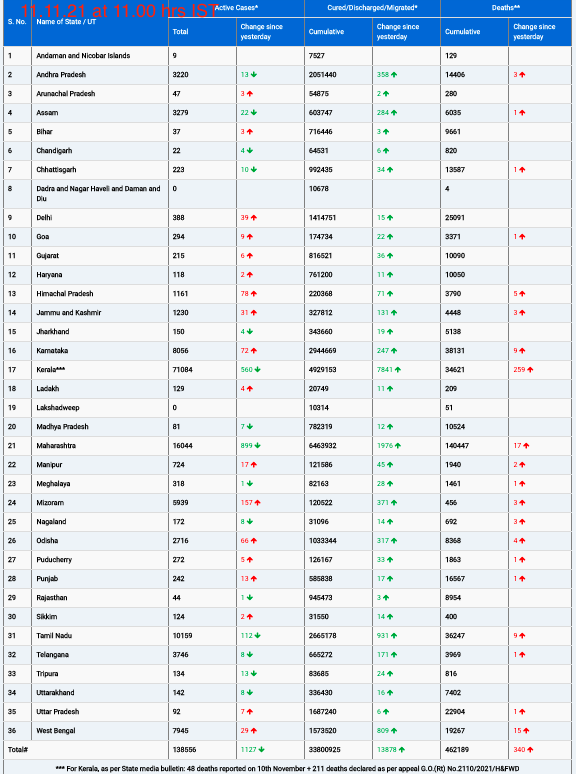February 4, 2024
A new study published in the ‘American Stroke Association’ journal has unveiled a concerning link between the living conditions of stroke survivors and their recovery outcomes. The research indicates that stroke survivors residing in areas marked by high unemployment, low income, poor education levels, and subpar housing quality are twice as likely to experience poor recovery compared to those in more favorable living conditions.
Among the 2,164 individuals with ischemic (clot-caused) stroke examined in the study, the one-year unadjusted risk of poor outcomes was notably higher for patients living in neighborhoods with varying degrees of deprivation. Specifically, the risk was 35 percent for low deprivation areas, 40 percent for intermediate deprivation areas, and 46 percent for high deprivation areas.
Leah Kleinberg, a postgraduate clinical research associate at Yale School of Medicine and a contributor to the study, highlighted the significant impact of socioeconomic factors on stroke recovery. “Although stroke patients from differing socioeconomic backgrounds often have similar functional status at discharge, outcomes can vary dramatically a year later,” said Kleinberg, emphasizing the need to explore long-term outcomes for stroke survivors beyond their initial treatment.
The researchers utilized data from Yale’s Longitudinal Study of Acute Brain Injury and the Area Deprivation Index (ADI) rates based on the 2020 US Census blocks. The ADI helped compare outcomes among stroke survivors based on socioeconomic disadvantage factors.
Even after accounting for the ADI’s inability to measure each level of deprivation specifically, the study revealed that individuals residing in intermediate and high deprivation areas faced 44 percent and 107 percent greater risk, respectively, of unfavorable outcomes compared to those in low deprivation areas. Poor outcomes, as defined by the study, included the inability to manage one’s own affairs without assistance and the need for help in daily activities.
“We hope this study will help promote awareness of how social determinants of health are as important as clinical variables and health information when trying to identify patients who are particularly high risk for poor long-term outcomes,” Kleinberg emphasized, highlighting the need to consider broader socioeconomic factors in stroke care and recovery strategies.
As the study sheds light on the multifaceted nature of stroke recovery, efforts to address socioeconomic disparities and promote awareness become crucial in enhancing long-term outcomes for stroke survivors.












